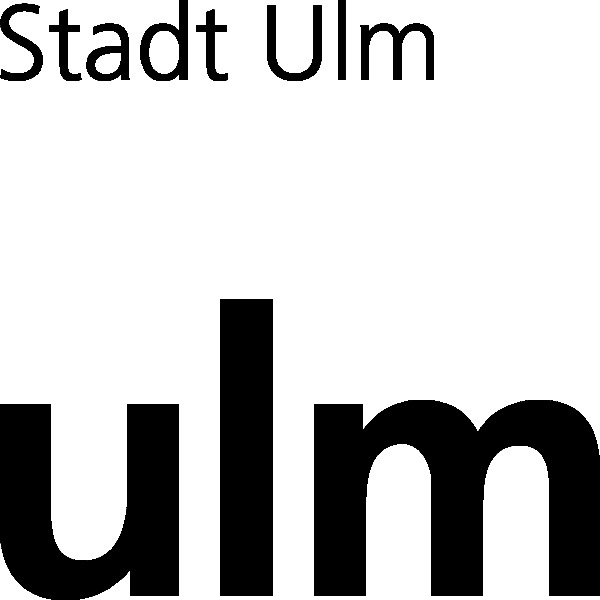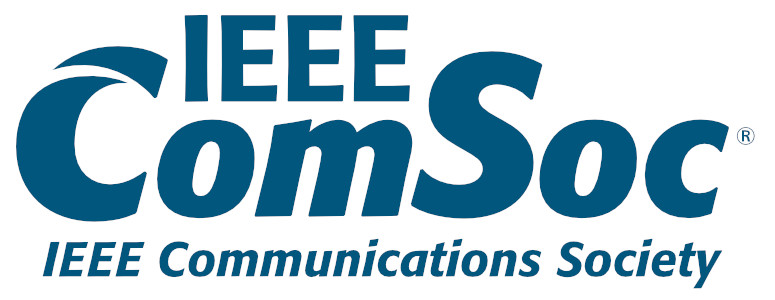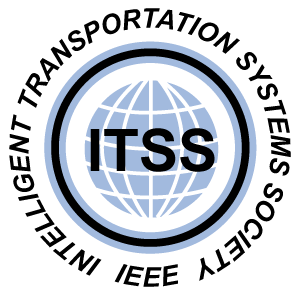2021 IEEE Vehicular Networking Conference (VNC)
November 10–12, 2021 | Virtual Event
Information for Presenters
Full-paper authors should prepare backup-video of their talk with a length of 15 minutes. While your talk will be given live in a Zoom session, this video serves as a backup in case of technical difficulties. Besides, it will also be made available to participants who might not be able to attend your talk due to timezone difference.
The same applies to short-paper authors, however, the length of the video is limited to 10 minutes.
Poster and demo authors should prepare two things: a poster in PDF format, which should be landscape mode 16:9 and which will show on your poster stand in gather.town. Next to it, we will place a TV screen for which you should prepare a video of your poster or demo. This video should be a short introduction to your work that participants can watch before approaching you for a discussion. This video is mandatory in particular for demo authors to allow participants to also see your demo in action. Video length should be limited to 5 minutes. Because of the setting, you should ideally avoid spoken comments in the video but instead use subtitles to explain what participants can see in the video.
Preparing the Presentation Videos
In the following, we want to give you some additional hints on how to prepare your video. While videos for short and full papers are merely backups and should include a regular slide presentation, poster and particular demo videos can have a different style and demo videos should emphasize the demonstration and make it as tangible as possible.
Here are a few more recommendations and details for preparing your videos:
- Make sure that you stick to the maximum video lengths. Longer videos will be rejected during upload and you have to prepare a new version.
- Videos should be prepared in either 720p or 1080p HD and use an MP4 video format with H.264 (or optionally H.265) codec. SD videos do not provide sufficient resolution to see details on slides. Please do not prepare 4K or 60fps videos as they consume unnecessary bandwidth. Do not use other video codecs that might not work on participants' computers. The bitrate should not exceed 1 Mbps to avoid video files becoming too large.
- When recording your video, the most important aspect is to provide good audio quality. So please review your recording carefully. Do your recording in a noise- and echo-free environment. Use a dedicated microphone close to your mouth, but not directly in front of your mouth to avoid pop sounds) for the recording. If you record a video of yourself presenting, make sure you have proper lighting. While professional equipment can be quite expensive, there are often also good cheap alternatives. The microphone from a smartphone headset typically works quite well, echo in your room can be reduced by spreading out towels or cloth, and good lighting is often a matter of positioning yourself in the proper angle to a window and using your smartphone flashlight in addition. So it is more about creativity and careful preparation than about spending horrendous amounts of money.
- For recording your presentation, there are also good and free-to-use tools, we particularly recommend the Open Broadcasting Studio (https://obsproject.com/), which might require a little initial training and testing, but then often provides excellent results and allows you to easily mix your slide presentation with the speaker video. Auphonic (https://auphonic.com/) can be used to give your audio a final polish. Handbrake (https://handbrake.fr/) provides good results when you need to convert your videos to MP4. There is an abundance of tools for video-editing (e.g., to cut out mistakes you made during recording). DaVinci Resolve is a powerful but also complex video editing software that has a free version. Apple and Windows computers also come with free video editing software (iMovie or Windows Movie Maker) that may be a lot easier to use. Likewise, there are many other good and free tools and you may already run a suitable setting for recording lectures or videos for your organization.
- It is important that you start preparations early and run a couple of audio and video tests before doing the final recording. Expect that not everything will work out in the first try.
Additional Information for Presenters participating in Online Sessions
(helpful also to regular participants)
At least one of the authors is required to join the presentation session of your paper to do a life presentation and answer questions of the audience. You will be supported by a session chair who will help you with organizing participant's questions.
You need to prepare your technical setup audio/video similar to what you already prepared for the recording.
Wherever possible, you should not rely on WiFi when attending your session. Directly attaching to your Internet router using an Ethernet cable can already eliminate one of the main sources for troubles.
We will offer a number of technical test sessions before start of the conference. Dates and dial-in details will be provided in time.
During presentation and discussions, you should turn your camera on so that you are visible to the audience. Session chairs will manage zoom permissions accordingly. If you are not able to use video for whatever reason (environment, Internet connection, etc.), please let us know beforehand.






